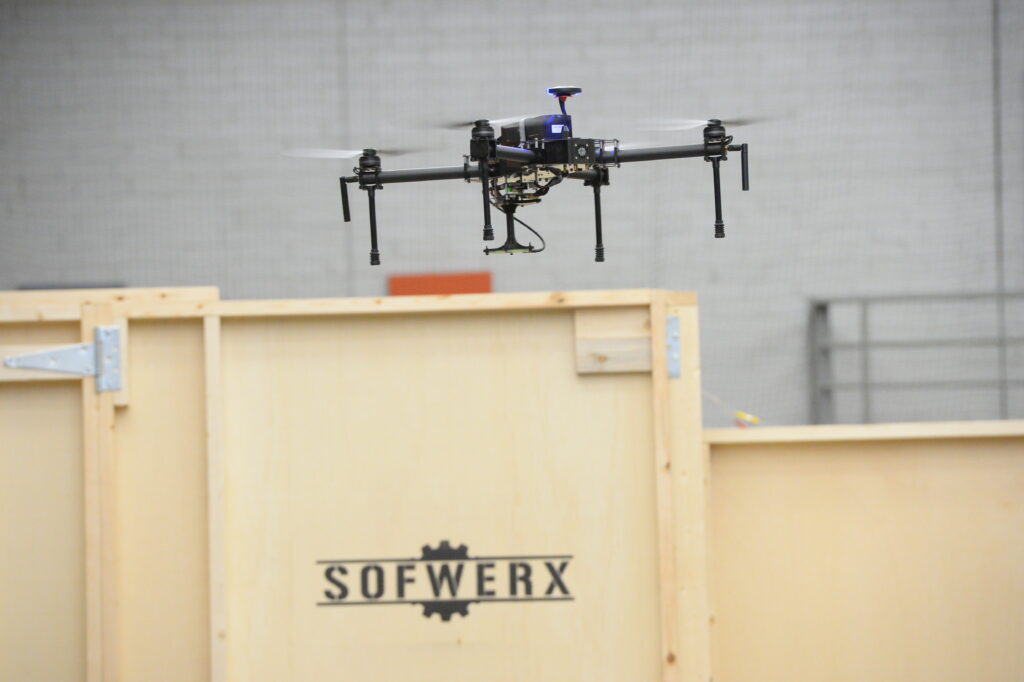
The ThunderDrone Rodeo at the SOFWERX facility in Tampa, Fla.
WASHINGTON: Special Operations Command spent about $1 billion on tech produced by small business last year — about 22% of its overall acquisition spending — and is on pace to beat that number this year.
“We’re not buying F-35s,” said William Innes, the command’s deputy director of acquisition, at the annual Special Operations Forces Industry Conference today. “A lot of it is smaller kit that we buy, and it really aligns well” with small companies that are pushing boundaries in surveillance, biotech, and other niche technologies.
“A lot of our funds go to small businesses,” Innes added. “They’re innovative. They’re non-traditional. They move fast.”
On a call with reporters today, James Smith, SOCOM’s top acquisition executive, said “we think of ourselves at Special Operations Command as kind of the small business, non-traditional [arm] of DoD. You know, we’re only 2% of the DoD budget, so if there’s a way for you to enter into work with the Department of Defense, SOCOM probably presents the lowest barrier of entry to work in the Department of Defense: that’s our goal.”
Smith added that often, even the Pentagon’s efforts to move faster aren’t fast enough for the commercial sector, which operates in terms of days and weeks, as opposed to months and years.
The current Small Business Innovation Research Fund “is pretty sad,” he said. “It’s six months for phase one, typically the delivery of a white paper. And then 18 months for phase two, which is typically the delivery of a prototype. And we were seeing that some non-traditional industry partners, particularly in the artificial intelligence space, saying, ‘Hey, I’m a small business, I simply can’t afford to wait six months for you to pay me for a white paper, or I simply can’t afford to wait 18 months for a prototype.”
Working through SOFWERX, the command’s rapid innovation arm that works with small commercial firms, Smith’s team launched a pilot program to move technologies through the pipeline more quickly.
“If you can give me a white paper in three weeks, I’ll pay for your white paper in three weeks, if you can give me a prototype in three months, I’ll [pay for] your prototype in three months,” Smith said.
Since launching the project, SOCOM has seen a 200% increase in the number of small businesses that want to work with the command, along with a 60% to 80% decrease in the time to get a prototype into production, Smith said.
“Congress provides the acquisition community — not just SOCOM — a wide variety of authorities to get after acquisition,” Innes said. “At SOCOM, we’ve led the way for Congress, because they want us to use these authorities. They want us to adapt what they’ve provided.”




















